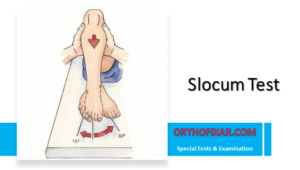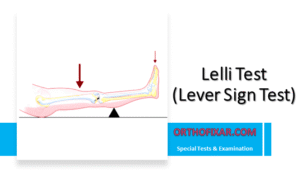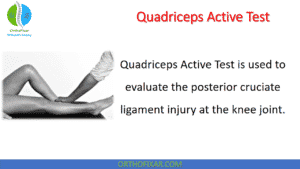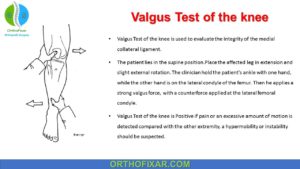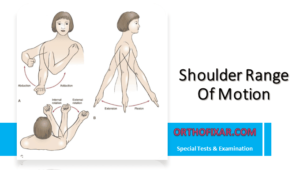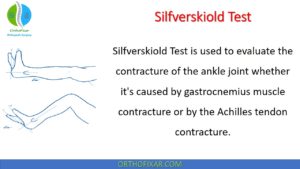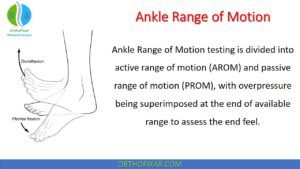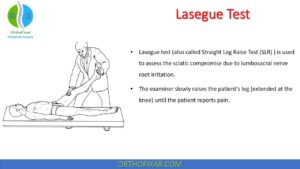Ilioinguinal Neuralgia Overview
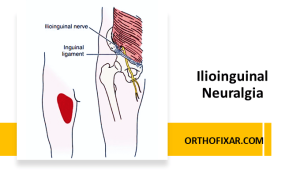
Ilioinguinal neuralgia is a neuropathic pain syndrome resulting from irritation, compression, or entrapment of the ilioinguinal nerve. This nerve originates from the L1 nerve root and courses through the transverse abdominis and internal oblique muscles, eventually providing purely sensory innervation to the superior medial thigh, mons pubis/labia, and upper scrotum.
Ilioinguinal Nerve Anatomy
- Origin: L1 spinal nerve
- Course: Travels between the internal oblique and transverse abdominis muscles; pierces the external oblique aponeurosis near the superficial inguinal ring.
- Sensory Distribution:
- Superior anterior-medial thigh (L1 dermatome)
- Scrotum (in males) or labia majora (in females)
- Pubic region
Ilioinguinal nerve entrapment can occur at several anatomical transitions, particularly where the nerve exits fascial structures.
See Also: Lumbar Plexus Anatomy
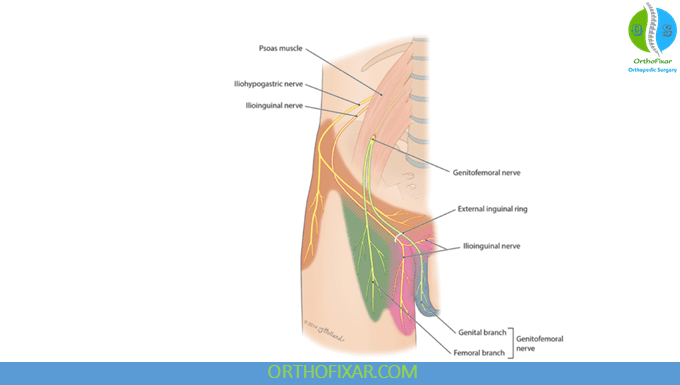
Ilioinguinal Neuralgia Pathophysiology
The ilioinguinal nerve may be compressed or irritated by:
1. Transverse Abdominis Muscle Spasm or Hypertrophy
The nerve runs within the transverse abdominis muscle; hypertonicity or spasm can cause direct compression.
2. Entrapment at the External Oblique Aponeurosis
This occurs particularly in athletes:
- Described as “hockey player’s syndrome”
- Results from repetitive torsional loading, abdominal wall strain, or aponeurotic injury
3. Post-Surgical Injury
- Common after inguinal hernia repair, cesarean sections, and other lower abdominal surgeries
- May result from traction, transection, suturing, or scar entrapment.
Ilioinguinal Neuralgia Symptoms
Pain Characteristics
- Burning, sharp, or aching quality
- Localized to or radiating through:
- Ipsilateral groin
- Anterior superior thigh
- Scrotum or labia
- Occasionally the hip or lower abdomen
Provocative Movements
Patients often report pain during:
- Ipsilateral hip extension
(Stretches the abdominal wall, increasing tension on the nerve) - Contralateral torso rotation
(Stresses the abdominal musculature and aponeurosis)
Sensory Findings
Because the nerve is purely sensory, motor deficits do not occur. Symptoms include:
- Hypoesthesia
- Paresthesia
- Hyperesthesia
- Allodynia in the L1 sensory zone
See Also: Meralgia Paresthetica Overview
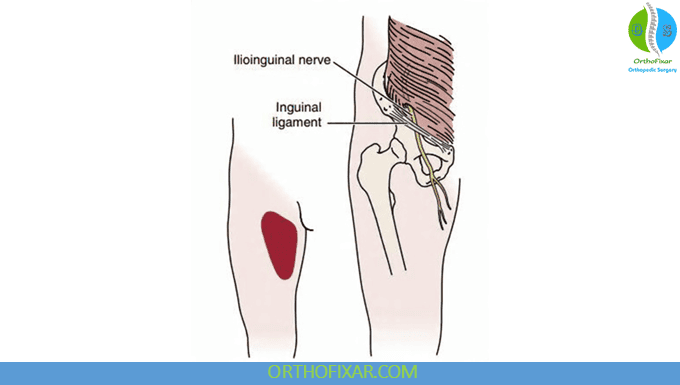
Differential Diagnosis
Consider other causes of groin or anterior thigh pain, particularly in athletes or postoperative patients:
- Iliohypogastric neuralgia
- Genitofemoral neuralgia
- Athletic pubalgia
- Lumbar radiculopathy (L1–L2)
- Inguinal hernia
- Hip joint pathology (FAI, labral tear)
- Urologic or gynecologic pathology
Physical Examination Findings
Key exam components:
- Tinel’s sign along the inguinal canal or external oblique aponeurosis: Reproduction of radiating pain supports neuropathic involvement.
- Pain reproduction with:
- Hip extension
- Contralateral trunk rotation
- Increased intra-abdominal pressure (Valsalva may worsen symptoms)
- Localized tenderness over the nerve trajectory
- Sensory deficits in the L1 distribution
Diagnostic Testing
1. Diagnostic Nerve Block
- Local anesthetic at the nerve’s course (usually near the ASIS or superficial inguinal ring)
- Significant, temporary pain relief confirms diagnosis
2. Ultrasound Evaluation
- Can identify nerve entrapment, scar tissue, or post-surgical changes
- Guides therapeutic injections
3. MRI or CT
- Mainly to rule out alternative causes
Ilioinguinal Neuralgia Treatment
Conservative Treatment
- Activity modification
- Physical therapy focusing on:
- Abdominal wall relaxation
- Posture correction
- Hip–pelvic mechanics
- NSAIDs or neuropathic pain medications (gabapentinoids, TCAs)
Interventional Treatment
- Ultrasound-guided ilioinguinal nerve block
- Hydrodissection for adhesions
- Radiofrequency ablation (thermal or pulsed)
Surgical Management
Reserved for persistent cases:
- Neurolysis
- Neurectomy (rare, but effective in refractory cases)
Key Teaching Points
- Ilioinguinal neuralgia is a sensory-only neuropathy, presenting with pain and sensory alteration but no motor weakness.
- Pain is typically aggravated by hip extension and contralateral torso rotation—a key differentiating feature from other groin pain syndromes.
- Ilioinguinal nerve entrapment is common in athletes, especially those with repetitive abdominal wall strain.
- A diagnostic nerve block is the gold standard for confirming the condition.
References & More
- Borenstein DG, Wiesel SW, Boden SD. Low Back Pain: Medical Diagnosis and Comprehensive Management. Philadelphia: WB Saunders; 1995.
- Lacroix VJ. Lower abdominal pain syndrome in National Hockey League players: a report of 11 cases. Clin J Sports Med. 1998;8:5–9. PubMed
- Lacroix VJ. A complete approach to groin pain. Phys Sportsmed. 2000;28(1):66–86. PubMed
- Simonet WT, Saylor HL, Sim L. Abdominal wall muscle tears in hockey players. Int J Sports Med. 1995;16:126–128. PubMed
- aylor DC, Meyers WC, Moylan JA, et al. Abdominal musculature abnormalities as a cause of groin pain in athletes-inguinal hernias and pubalgia. Am J Sports Med. 1991;19:239–242. PubMed
- Lifetime product updates
- Install on one device
- Lifetime product support
- Lifetime product updates
- Install on one device
- Lifetime product support
- Lifetime product updates
- Install on one device
- Lifetime product support
- Lifetime product updates
- Install on one device
- Lifetime product support
